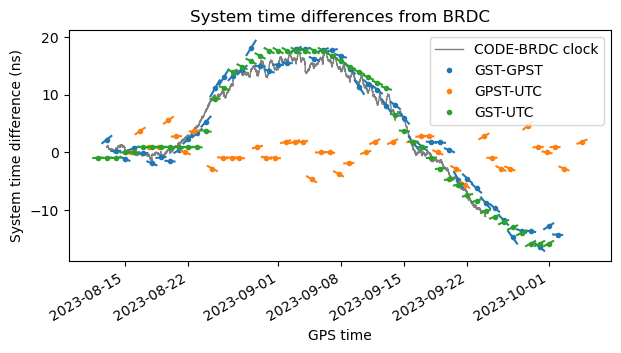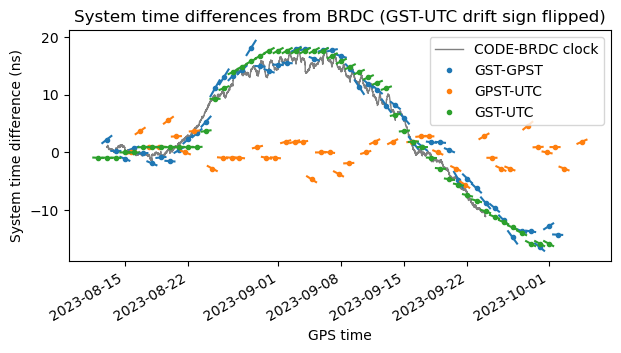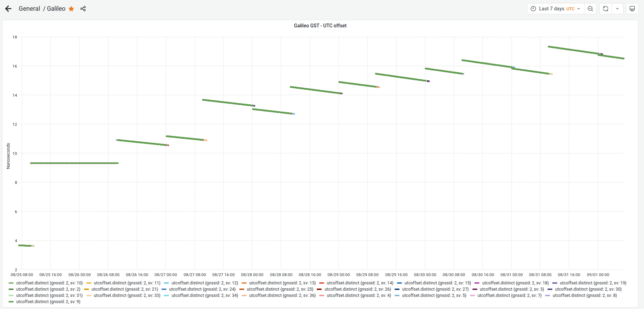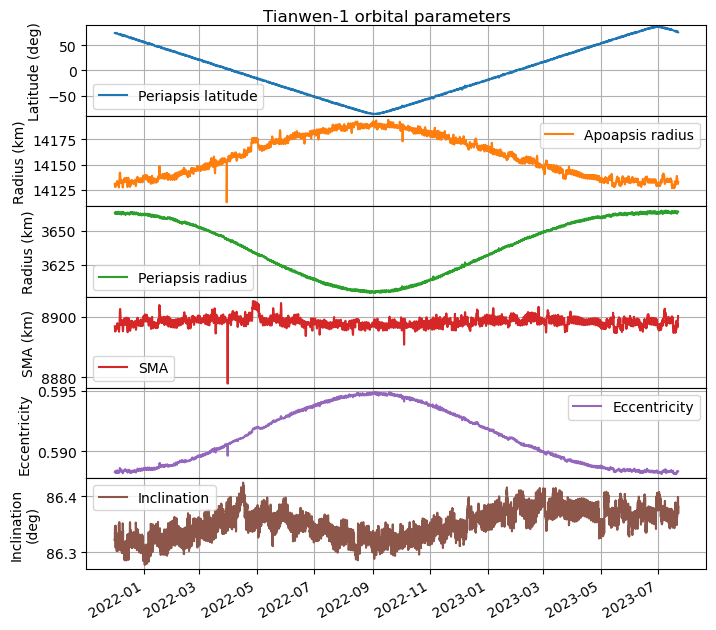On September 24, the OSIRIX-REx sample return capsule landed in the Utah Test and Training Range at 14:52 UTC. The capsule had been released on a reentry trajectory by the spacecraft a few hours earlier, at 10:42 UTC. The spacecraft then performed an evasion manoeuvre at 11:02 and passed by Earth on a hyperbolic orbit with a perigee altitude of 773 km. The spacecraft has now continued to a second mission to study asteroid Apophis, and has been renamed as OSIRIS-APEX.
This simulation I did in GMAT shows the trajectories of the spacecraft (red) and sample return capsule (yellow).
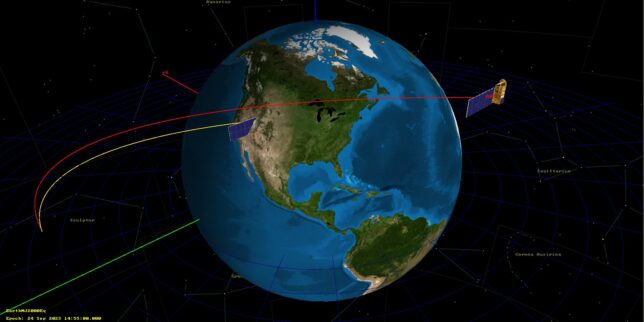
Since the Allen Telescope Array (ATA) is in northern California, its location provided a great opportunity to observe this event. Looking at the trajectories in NASA HORIZONS, I saw that the sample return capsule would pass south of the ATA. It would be above the horizon between 14:34 and 14:43 UTC, but it would be very low in the sky, only reaching a peak elevation of 17 degrees. Apparently the capsule had some kind of UHF locator beacon, but I had no information of whether this would be on during the descent (during the sample return livestream I then learned that the main method of tracking the capsule descent was optically, from airplanes and helicopters). Furthermore, the ATA antennas can only point as low as 16.8 degrees, so it wasn’t really possible to track the capsule. Therefore, I decided to observe the spacecraft X-band beacon instead. The spacecraft would also pass south of the ATA, but would be much higher in the sky, reaching an elevation above 80 degrees. The closest approach would be only 1000 km, which is pretty close for a deep space satellite flyby.
As I will explain below in more detail, I prepared a custom tracking file for the ATA using the SPICE kernels from NAIF and recorded the full X-band deep space band at 61.44 Msps using two antennas. The signal from OSIRIS-REx was extremely strong, so this recording can serve for detailed modulation analysis. To reduce the file size to something manageable, I have decimated the recording to 2.048 Msps centred around 8445.8 MHz, where the X-band downlink of OSIRIS-REx is located, and published these files in the Zenodo dataset “Recording of OSIRIS-REx with the Allen Telescope Array during SRC reentry“.
In the rest of this post, I describe the observation setup, analyse the recording and spacecraft telemetry, and describe some possible further work.

